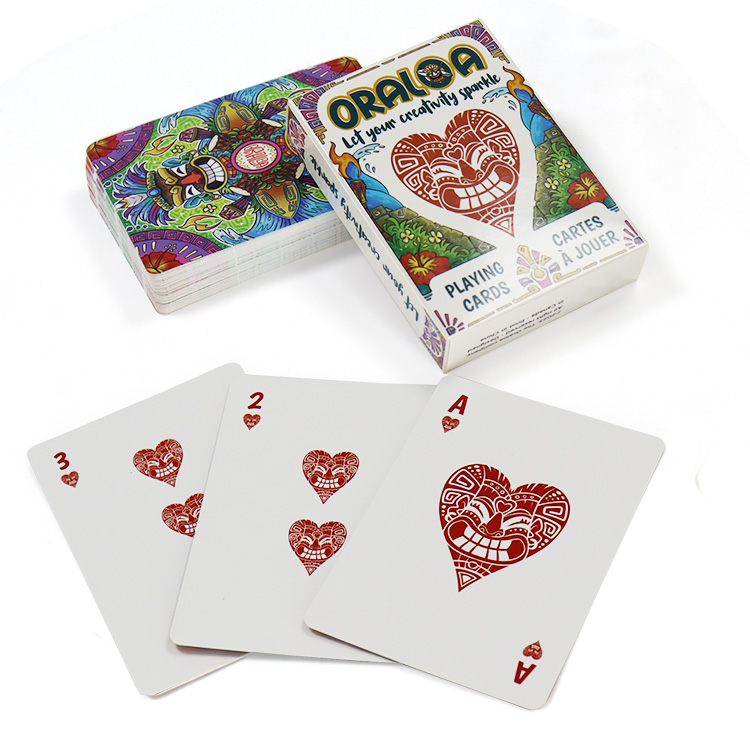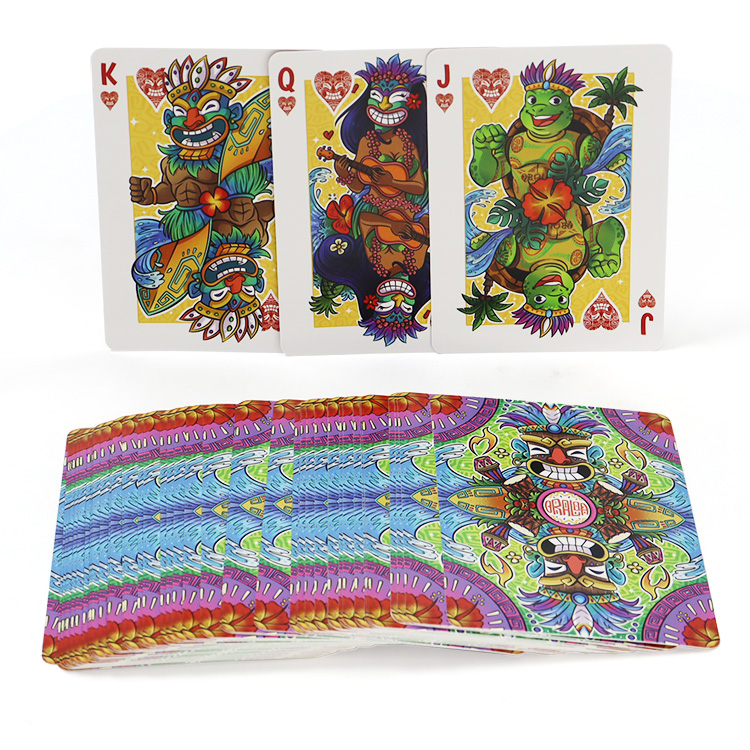Why Are There Exactly 52 Cards in a Deck? The Fascinating History and Meaning Behind the Number
A standard deck of playing cards contains 52 cards—but why this specific number? While many assume it’s arbitrary, the truth is far more intriguing. The number 52 has historical, mathematical, and even astronomical significance. In this article, we explore the real reasons behind the 52-card deck, from medieval calendar systems to gambling regulations.
- The Most Popular Theory: 52 Cards Represent the Weeks in a Year
- Historical Evolution: How Decks Settled on 52 Cards
- 1. Early Chinese & Islamic Decks (9th–14th Century)
- 2. Medieval European Adaptations (14th Century Onward)
- 3. The Joker’s Later Addition (19th Century)
- Alternative Theories: Gambling, Mathematics & Printing
- 1. Optimal Number for Card Games
- 2. Printing & Manufacturing Convenience
- 3. Astronomical & Numerological Beliefs
- Why Not Another Number?
- Conclusion
The Most Popular Theory: 52 Cards Represent the Weeks in a Year
The most widely accepted explanation is that the 52 cards correspond to the 52 weeks in a year. This theory is reinforced by other numerical connections:
-
4 suits = 4 seasons (Spring, Summer, Fall, Winter)
-
13 cards per suit = 13 lunar cycles in a year
-
12 court cards (Jacks, Queens, Kings) = 12 months
-
2 colors (red & black) = day and night
This calendar-based structure suggests that early card decks may have been used as timekeeping tools before becoming gaming staples.

Historical Evolution: How Decks Settled on 52 Cards
1. Early Chinese & Islamic Decks (9th–14th Century)
-
Used varying numbers (32, 36, or 40 cards)
-
Primarily for gambling and divination
2. Medieval European Adaptations (14th Century Onward)
-
French decks standardized the 52-card structure
-
Possibly influenced by the 52-week calendar
-
Removed extra cards like the Knight (early decks had 56)
3. The Joker’s Later Addition (19th Century)
-
Originally, decks had 52 cards + 1 blank "extra" card
-
Later repurposed as the Joker (now often 54 cards total)
Alternative Theories: Gambling, Mathematics & Printing
1. Optimal Number for Card Games
-
52 allows balanced distribution in games like Poker and Bridge
-
Easily divisible by 2, 4, and 13 for different player counts
2. Printing & Manufacturing Convenience
-
Early printing sheets fit 52 cards economically
-
Fewer cards = cheaper production
3. Astronomical & Numerological Beliefs
-
Some link 52 to ancient star calendars
-
In numerology, 5 + 2 = 7 (a "lucky" number in many cultures)

Why Not Another Number?
-
Fewer cards (e.g., 32 or 36) = Limits game variety
-
More cards (e.g., 78, like Tarot) = Too bulky for casual play
-
52 proved the perfect balance—enough for complexity, but not overwhelming
Conclusion
The 52-card deck is no accident—it’s a product of centuries of cultural, mathematical, and practical refinements. Whether tied to the calendar, game mechanics, or printing efficiency, this number has stood the test of time. Next time you shuffle a deck, remember: you’re holding a piece of history, astronomy, and clever design in your hands!
-
-

Your Legacy, Forged in Gold: The Enduring Power of Gold-Foiled Playing Cards in Corporate Branding

Affirmations in Action: How Affirmation Cards Provide Immediate Support for Life's Challenging Moments

2026 Trends in Custom Playing Cards: What Businesses Should Know

The Tarot Social: Transform Your Gatherings with Interactive Tarot Card Experiences

The Art of Tarot: Exploring the Aesthetics and Symbolism Behind Timeless Tarot Cards
About customized services
Do you offer samples?
Yes! We can provide samples of our card materials and finishes. Please contact us to request samples relevant to your project.
Can I see a proof before production?
Yes! We provide digital proofs for your approval before we start production. This ensures that everything meets your expectations.
Can I customize the design of my cards?
Absolutely! We offer full customization options, from card design and size to finishes and packaging. Our design team is ready to collaborate with you to create the perfect look.
About product selection
What materials do you use for your cards?
We use high-quality, durable materials to ensure the best finish and longevity for your cards. Options include standard cardstock, premium finishes, and eco-friendly materials.
Is there a design template I can use?
Yes, we provide design templates for different card types. You can download them from our website or request them directly from our team.





WE’D LOVE TO 
FROM YOU
Please send us your inquiry details; our team will contact you ASAP.
20+ years of experience in custom playing cards, game cards, tarot cards, flashcards, and board games, as well as paper and paperboard box manufacturing.


bbilaser
sq_AL